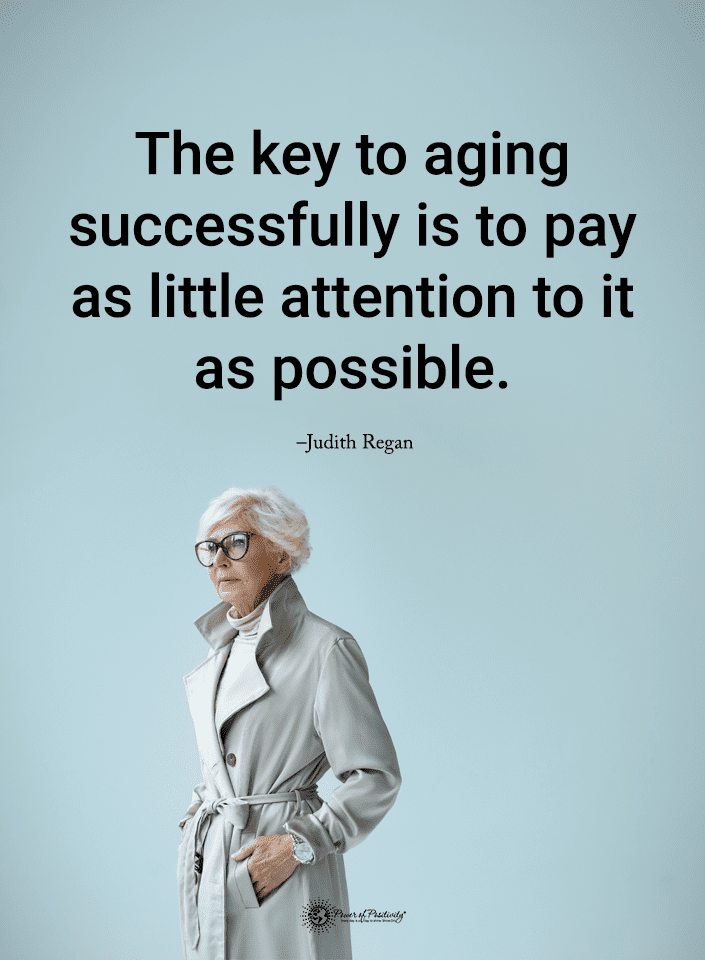If you’ve never heard of the flexitarian diet, it means eating primarily vegetarian foods with the occasional meat and dairy products. The main goal of this eating plan involves gradually transitioning to a vegan lifestyle by reducing the amount of animal products you eat. However, some people continue eating meat on the flexitarian diet but consume far less than the average meat eater. Being flexitarian gives you more options and doesn’t involve rigid rules or guidelines that diets like keto or paleo entail. Most people quit their diet after a few weeks or months because of diet culture’s strict, inflexible nature.
A diet previously referred to the kinds of food people eat, but nowadays, the word has taken on a different meaning. Now, most people adhere to a particular eating method, believing it will help them lose weight or become healthier. Sometimes, counting calories and regularly exercising are necessary to shed unwanted weight, but you don’t have to follow a restrictive, limiting diet to reach this goal. The flexitarian diet involves a flexible, balanced approach to nutrition that offers numerous health benefits and often paves the way to becoming vegan. Below, we’ll tell you how to get started and the positive impacts you can expect from this eating plan.
Understanding the Flexitarian Diet
A flexitarian diet combines “flexible” and “vegetarian,” offering a more versatile approach to vegan or vegetarian diets. It involves a balanced diet that includes fruits, vegetables, nuts, seeds, grains, legumes, and occasional animal products. Allowing this dietary flexibility will help you focus on eating healthy foods without restricting yourself.
Many people struggle to stick with solely vegan or vegetarian diets, as studies show 84% eventually return to eating meat. However, as plant protein sources such as alternative meats and protein powders have increased dramatically recently, it’s easier to avoid meat entirely.
The flexitarian diet differs from other diet plans because it doesn’t restrict or eliminate certain food groups. It simply stresses mainly eating whole, plant-based foods while limiting animal products. It’s an intuitive way of eating, allowing you to listen to and nourish your body instead of following stringent rules.
Benefits of the Flexitarian Diet
A semi-vegetarian diet offers numerous physical health benefits and positively impacts the environment.
Physical benefits
- Promotes a healthy weight. Although this diet doesn’t encourage counting calories, most people find that weight loss happens naturally on a whole-food, plant-based diet. Fiber-rich, nutrient-dense foods increase satiety because they take longer to digest, helping you reduce overall calorie intake. One meta-analysis found that people who followed a vegetarian diet for eighteen weeks lost nearly five pounds more than non-vegetarians.
- Aids in chronic disease prevention. Countless studies have discovered a link between flexitarian diets and reduced instances of cancer, diabetes, metabolic syndrome, and heart disease. Researchers believe that the antioxidants, fiber, healthy fats, proteins, and low amounts of sugar in plant-based foods play a crucial role in reducing disease. A high-quality diet helps lower inflammation, a key driver of numerous mental and physical ailments.
- Improves digestion and gut bacteria. Some studies have found that semi-vegetarian diets may reverse or lessen the impacts of gastrointestinal disorders such as Crohn’s disease. Researchers cite increased fiber intake and beneficial gut bacteria as critical factors for enhanced digestion on a flexitarian diet.
Environmental benefits
- Reduces carbon footprint. Following a semi-vegetarian diet can significantly impact the planet if you want to join the fight against climate change. Studies show that moving from a standard American diet to a flexitarian meal plan could reduce greenhouse gas emissions by 7%.
- Promotes sustainable eating. The same research discovered that a semi-vegetarian diet could reduce land use by up to 70% and water consumption by around 50%.
Key Components of the Flexitarian Diet
- Eat mostly plant-based foods such as fruits, vegetables, whole grains, and legumes.
- Consume moderate animal products, eating mostly plant proteins.
- When you eat meat, limit your intake of red meat and choose organic, pasture-raised options.
- Opt for limited processed foods, mainly choosing foods grown in nature.
- Watch your intake of added sugars and salt.
Some examples of flexitarian meals include:
- 3 ounces of pasture-raised, organic chicken with a side of quinoa and Brussels sprouts, with a reduced-sodium, low-sugar condiment of your choice
- A serving of tofu with brown rice and leafy greens, topped with avocado
- A vegan Buddha bowl with lentils, sweet potato, broccoli, carrots, and spinach, topped with pumpkin seeds and tahini sauce
Transitioning to a Flexitarian Diet
When transitioning to a flexitarian diet, you want to ensure you make gradual changes so you don’t become overwhelmed. The key to success for any diet involves incorporating one or two components of the meal plan first to see how your body responds. If you notice positive changes, you can make more significant adjustments during the dietary transition. Above all else, ensure you receive balanced nutrition by eating primarily plant-based foods with occasional animal products once or twice weekly. If you don’t want to eat meat, take proper vitamins and supplements, such as B12 and algae oil, for omega-3 fatty acids.
Nutritionists’ View on the Flexitarian Diet
Many nutritionists recommend the flexitarian diet because of its emphasis on long-term health and vitality. While other diets stress calorie restriction and eliminate certain foods, the semi-vegetarian meal plan promotes a balanced diet. From a nutritionist’s perspective, the flexible vegetarian diet checks all the boxes regarding a healthy eating style, such as nutrient density, ample fiber, and adequate protein. Since many Americans don’t consume nearly enough fiber or protein, this diet could also help eliminate nutrient deficiencies.

Final Thoughts on Following a Flexitarian Lifestyle
If you want to follow a flexitarian diet, you’ll enjoy numerous health benefits such as reduced body fat and disease prevention. The dietary flexibility of this meal plan makes it easy to follow, and you won’t feel guilty about eating certain foods since nothing is off-limits. The only guidelines for this eating style include limiting animal products like red meat, mainly consuming plant-based foods, and reducing intake of processed items. You’ll also help save the planet since semi-vegetarian diets promote sustainable eating by reducing impacts on natural resources. So, consider the flexitarian meal plan for a flexible, healthy diet.


















